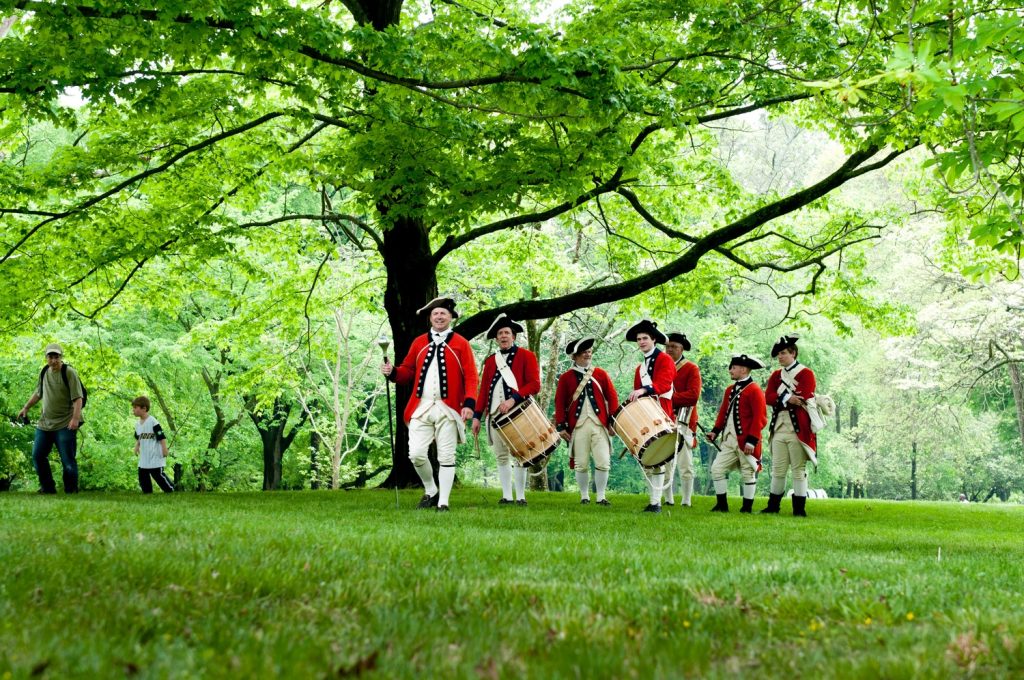The Heart of the Revolution
Mercer County’s Role in America’s Founding Washington Crossing, Trenton, Princeton, and the Road to Independence
As the United States approaches its 250th anniversary in 2026, the country looks to the places where its history was built, and only few regions have a legacy as significant as Mercer County, New Jersey. Mercer County, located in the heart of the Mid-Atlantic, was at the "Crossroads of Revolution", with its fields and towns bearing witness to events that altered the course of world history. From the frozen Delaware River to Trenton's snow-covered streets and Princeton's collegiate fields, this county's scenery tells a story of bravery, tenacity, and the birth of a nation.
Washington Crossing: The Moment That Turned the Tide
When the American cause was in grave danger on Christmas night, 1776, General George Washington launched a daring move that would go down in history. The Continental Army, beaten by loss and diminishing hope, settled on the banks of the Delaware River on the western border of what is now Mercer County. In an act of military expertise and unwavering determination, Washington and his soldiers went against freezing temperatures, sleet, and snow to cross the frigid waters in the dark. This event is now known as the "Washington Crossing."
The actual crossing occurred from Pennsylvania to what is now Mercer County's Washington Crossing State Park in New Jersey. The Revolution's destiny was at stake that night. After landing on the shore of New Jersey, the men gathered their weapons and prepared themselves for an unexpected attack.
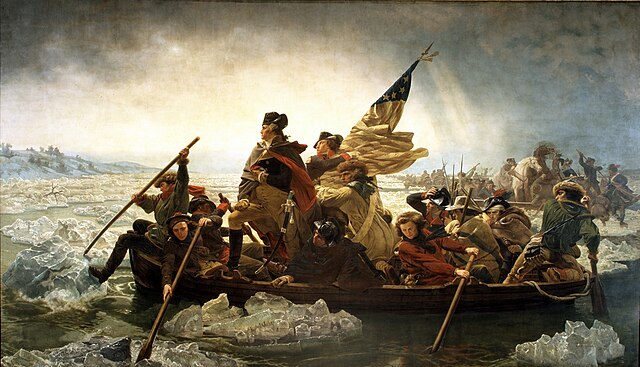
Washington Crossing's significance goes much beyond its remarkable sights. The Continental Army and the revolutionary cause were given new life from this incident. The Battle of Trenton the following day was made possible by the successful crossing. In addition to boosting the nation's morale, this battle would show that the Americans were in fact capable of outmaneuvering and outfighting the most powerful military force in the world. As a living memorial, Washington Crossing State Park attracts tourists from all across the nation to honor the bravery and vision of those who gave their all to achieve independence. Particularly in light of the 250th anniversary, yearly reenactments and interpretive activities guarantee that the tale is passed along to future generations.
The Battles of Trenton and Princeton: Victories that Changed the War
Following Washington's courageous crossing of the Delaware, two significant battles—the Battle of Trenton and the Battle of Princeton—took place in Mercer County. The fight for American independence underwent an enormous shift as a result of these successes.
The Battle of Trenton: December 26, 1776
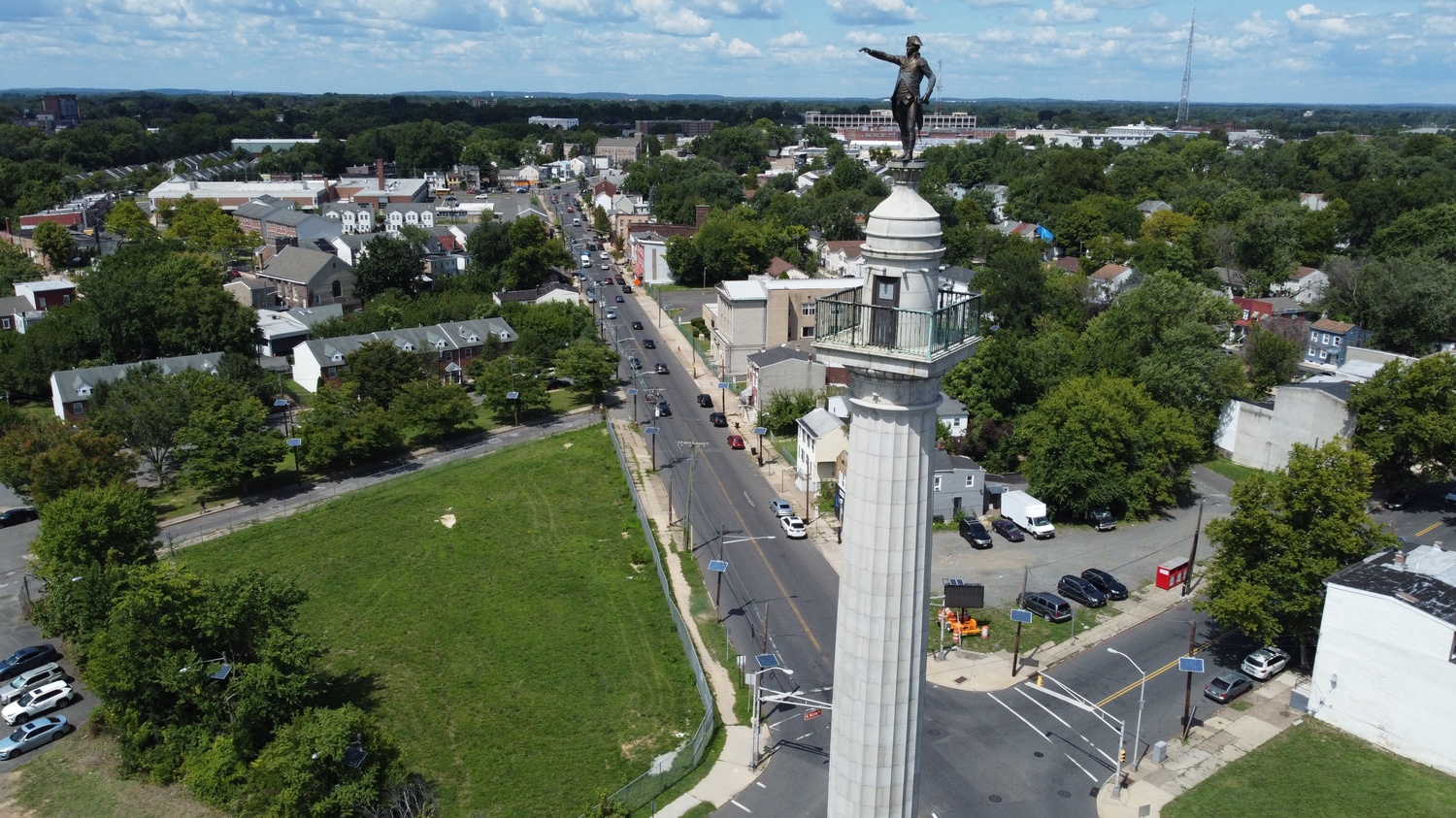
Following their landing in Mercer County, Washington's troops surprised the Hessian garrison by marching nine miles through snow and ice to Trenton. The Hessians, German mercenaries fighting for the British, were unprepared for the early-morning raid from Washington and his troops. The Americans achieved a resounding victory in less than an hour, taking roughly 1,000 prisoners and essential supplies with little fatalities.
The victory at Trenton had enormous practical significance. The revolutionaries' morale had been at its lowest point and enlistments were about to expire. News of the victory spread quickly, breathing new life into the American cause. Support for the Revolution increased, and more men joined the military. The Trenton defeat also sent shockwaves through the British command, since they had considered the American army all but defeated.
The city of Trenton, the present-day capital of New Jersey, preserves this legacy through sites like the Old Barracks Museum, where visitors can see authentic structures from the time of the battle and learn about the soldiers’ lives. Each year, the city commemorates the battle with reenactments and educational events, all of which will take on more significance during the 250th anniversary.
The Battle of Princeton: January 3, 1777
Washington did rest after his success in Trenton, just days after winning the battles of Trenton Washington led his men to Princeton. The Battle started on the morning of January 2, 1777, when less than 1,500 men comprised of experienced riflemen, musketeers, and artillerymen delayed over 8,000 British and Hessian soldiers marching from Princeton to Trenton. That evening, Washington and his troops held the British and Hessian forces at Assunpink Creek in Trenton. The Crown’s forces hunkered down and waiting for a Continental offensive to come in the morning.
That night, Washington’s tactical brilliance was again put on display. The Continental Army executed a masterful night march around the enemy fully flanking the dug in British and Hessian forces. Attacking a rear guard of British soldiers in Princeton, Washington, and his army quickly broke the British line, forcing the British into a retreat and securing another morale-boosting victory for the Continental Army. The Princeton triumph, coupled with Trenton and Assunpink Creek, demonstrated to the world that the American Revolution was far from over despite previous assumptions made by the British. It was also established that the Continental army was a true military power and would not be steamrolled over.
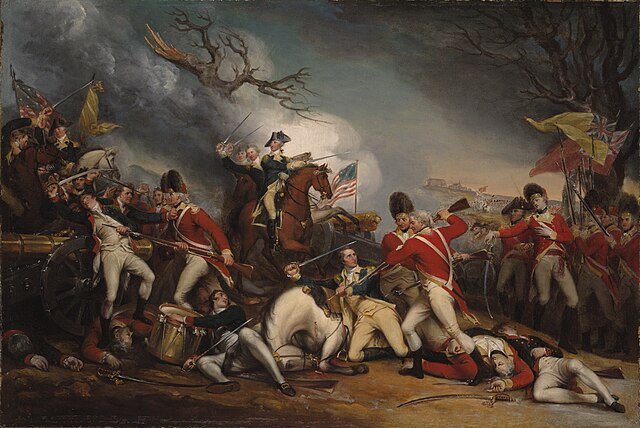
The legacy of the Battle of Princeton is honored in the rolling landscapes of Princeton Battlefield State Park. The fields remain open to the public and the Clarke House Museum offers insight into the lives of soldiers and civilians during the crisis. The 250th anniversary provides an opportunity to highlight these sites that played a crucial role in shaping the American Revolution.
Mercer County and the Signers of the Declaration of Independence
Mercer County has a direct connection to the signers of the Declaration of Independence, it served as a home, meeting place, and grounds for study for those who risked their lives and fortunes to declare the thirteen colonies free from British rule. John Witherspoon, A Scottish-born minister, scholar, and political leader, was President of the College of New Jersey (now Princeton University) from 1768 to 1794. Witherspoon, through acts of bravery and commitment to the revolutionary cause, transformed the college into a center of revolutionary thought and leadership. However, his influence extended far beyond the classroom. He proudly served as a founding member of the Continental Congress as well as the only college president to sign the Declaration of Independence. Other signers with close ties to Mercer County include Richard Stockton and John Hart. Richard Stockton was captured by the British during the war and suffering greatly for his commitment to the revolutionary cause. John Hart was the first man elected to the New Jersey Provincial Assembly. Sadly, Hart died before the end of the Revolution but his patriotic efforts for the benefit of a new country have not been forgotten.
Richard Stockton’s home as well as the Princeton University’s historic Nassau Hall remain key landmarks. They serve as reminders of Stockton’s enduring contribution to the founding of the nation. Nassau Hall was a site of critical importance during the Revolution; it briefly served as the nation’s capital. In addition to it being used as a revolutionary government building, Nassau Hall was also transformed into a stronghold by British troops during the battle of Princeton. Mercer County’s relation to these signers of the Declaration of Independance and key revolutionary minds provides a connection between the Capital County and the main values of the Revolution, liberty, equality, and the pursuit of happiness.
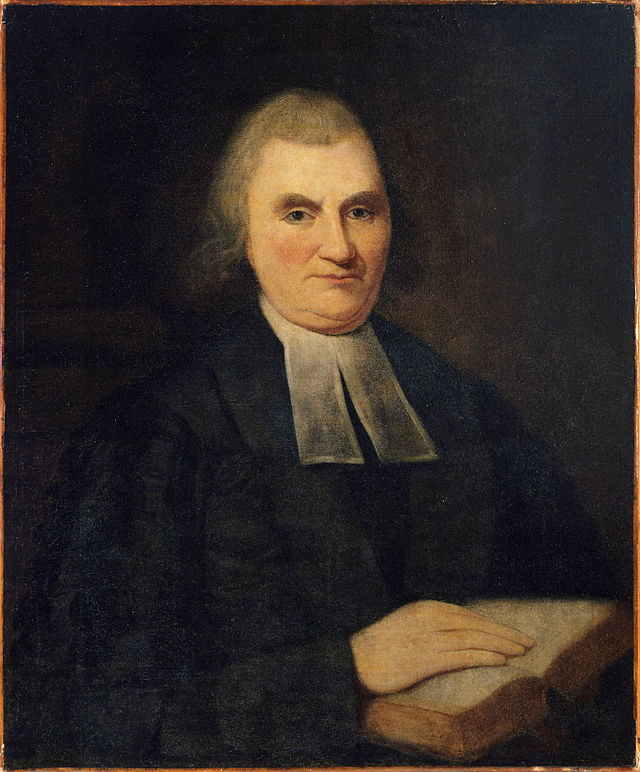
John Witherspoon
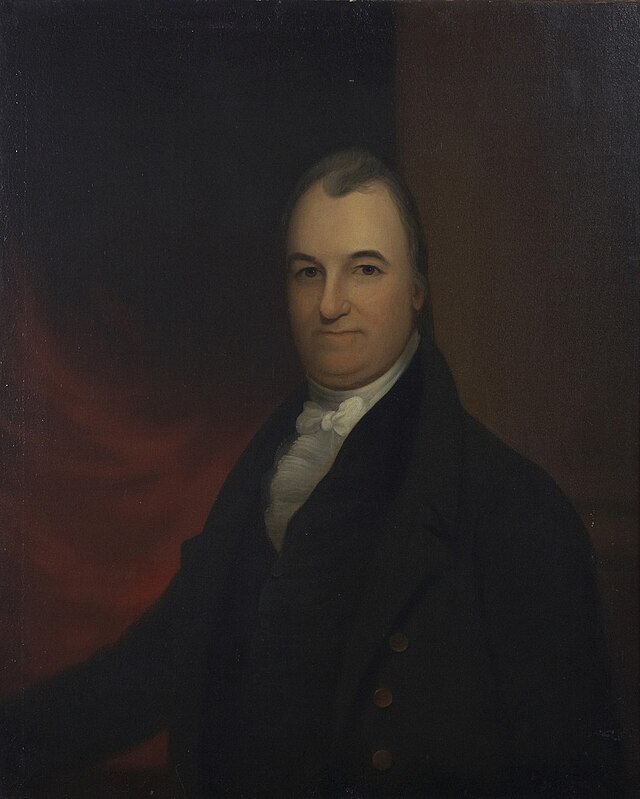
Richard Stockton
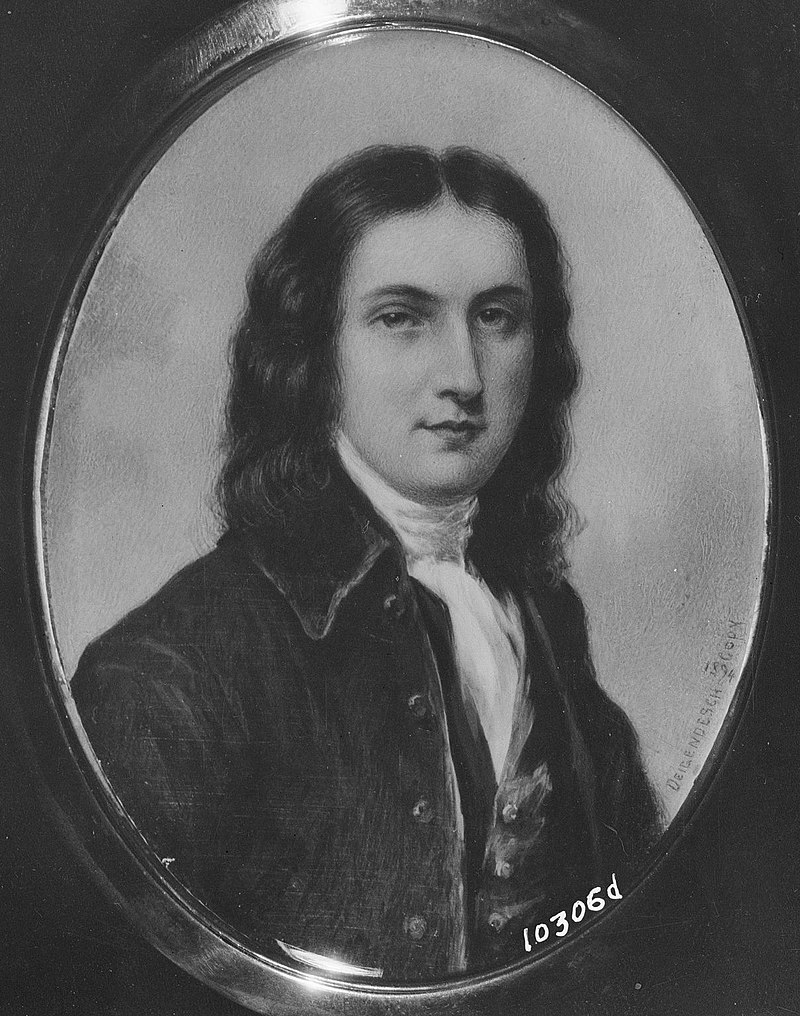
John Hart
Commemoration and Reflection: Mercer County in the 250th Anniversary
As the nation marks 250 years since its founding, it is important to recognize Mercer County and its role central role in the American Revolution. The county’s parks, museums, and historic sites will offer live reenactments, tours, and other historical events aimed towards highlighting the pivotal events that occurred here in Mercer County.
Whether its walking in the footsteps of revolutionaries at Washington Crossing State Park, witnessing exciting reenactments on the streets of Trenton, or exploring the Declaration of Independence’s birthplace at Princeton University, residents and visitors will achieve an understanding and appreciation of Mercer Countys centerstage role in Americas founding. These sites and activities not only pay tribute to the past, but they also encourage the continuation of American values and aim to inspire the next generation.
The heroism of Washington Crossing, the boldness of the battles of Trenton, the strategy during the battle of Assunpink Creek, and the importance of Princeton, all combined with the powerful vision of revolutions allows Mercer County to celebrate and highlight so many different parts of the American Revolution. Its fields, monuments, and historic sites invite all to consider the sacrifices made for liberty, understand the importance of freedom, and to renew the promises made during the founding of a nation built on freedom, hope, and equality.
Conclusion
Mercer County had a special role in the birth of the United States. The 250th Birthday of our nation is the perfect opportunity to celebrate and highlight that role. During this celebration the county’s landscapes, institutions, and commemorative activities will serve as a reminder of the crucial role Mercer County played in the nation's founding. From the icy water of the Delaware to the cannon smoke in Trenton and Princeton, Mercer County was the home of a plethora of key moments during the American Revolution. The Capital County stands as a testament to the resilience and vision that built the United States of America. Mercer County is proud to share its Revolutionary History, especially during Americas 250th, a proud legacy to be honored, preserved, and celebrated for centuries to come.
